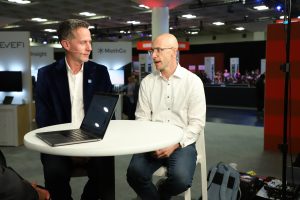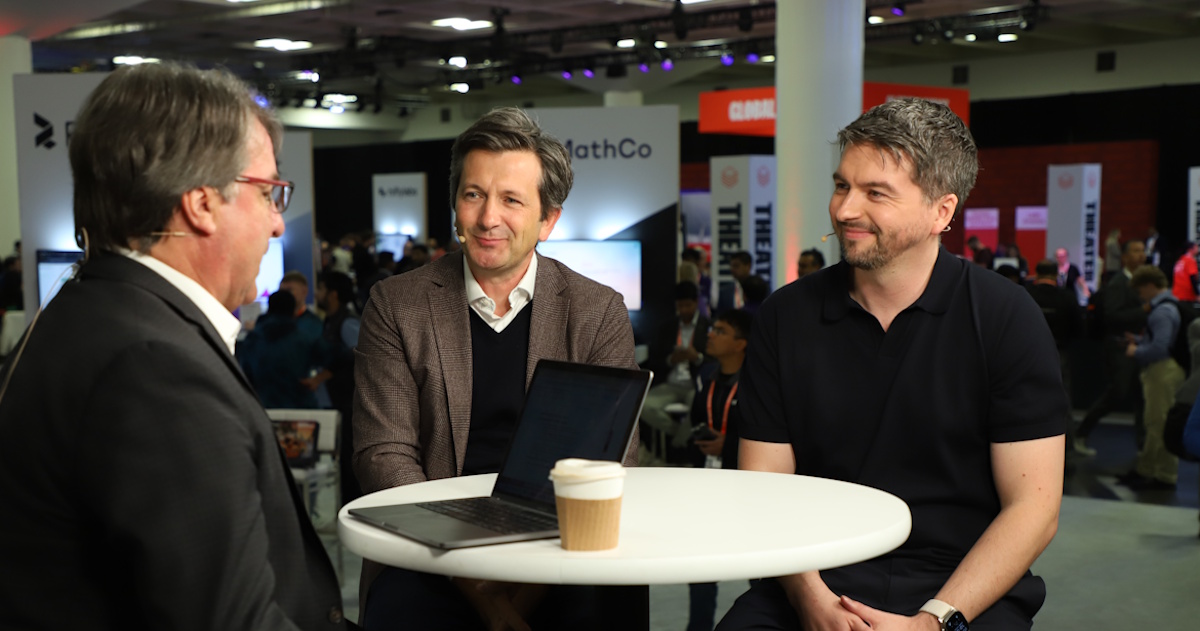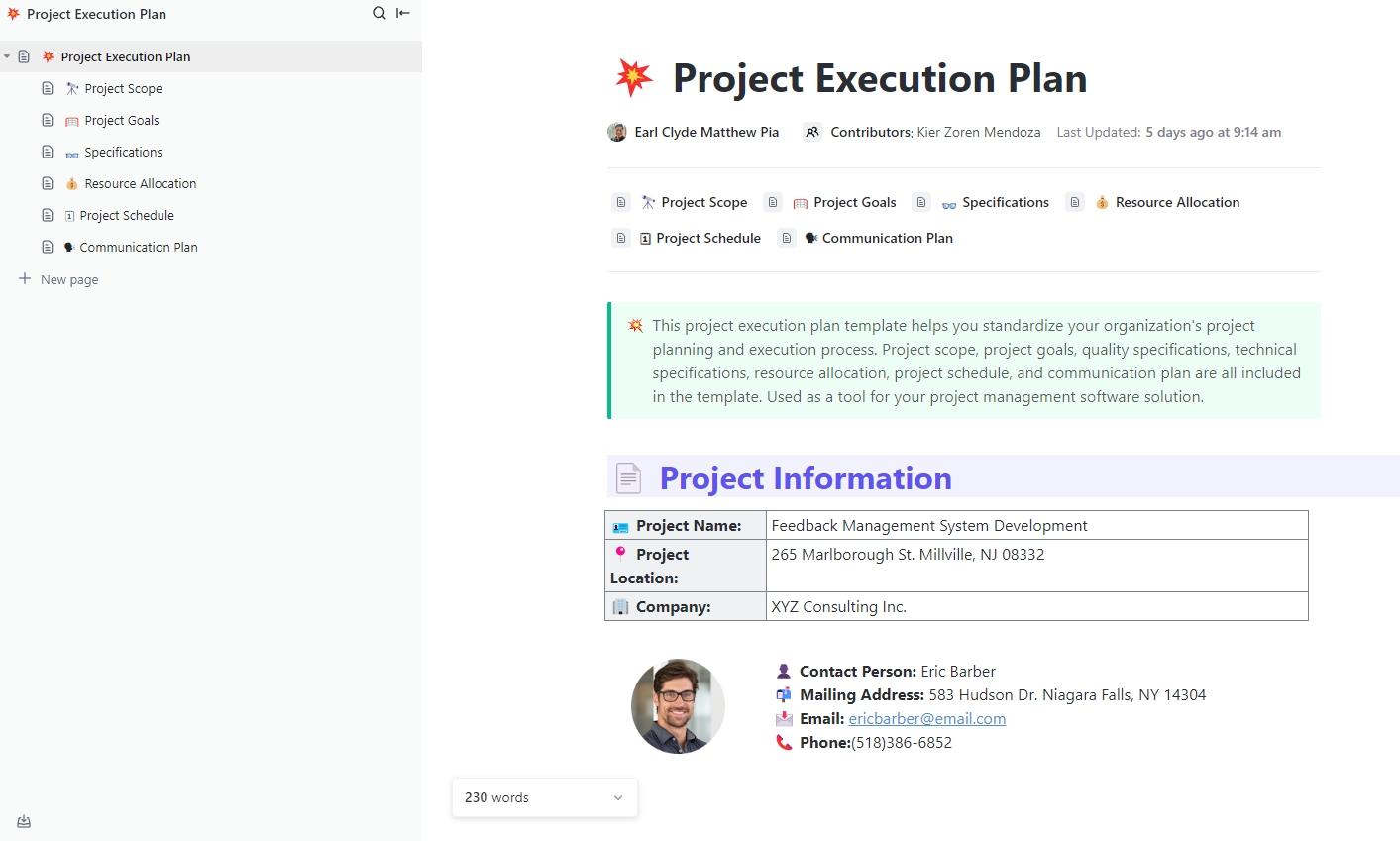Artificial intelligence is becoming more intuitive, interactive and embedded, not just in systems, but in the way companies build, think and create. From live coding and autonomous agents to unified governance and automation, Databricks Inc. is moving AI closer to the application layer and aligning it with developer intent.
TheCUBE Research’s John Furrier and George Gilbert break down the keynote analysis during Databricks’ Data + AI Summit.
“You sort of tell the AI engineer, the software developer, an agent, what you want to do,” said George Gilbert, principal analyst for theCUBE Research. “In the past, all it did was generate code. But if it’s now aware of what’s inside [Unity Catalog], it can talk to the Databricks tools. The vibe coding is starting to be an umbrella over the Databricks data and tools.”
These themes shaped this week’s Databricks’ Data + AI Summit, where new offerings point to a future where AI development looks more like conversation than configuration. Gilbert and theCUBE Research’s John Furrier unpacked this vision, along with industry experts, during an exclusive broadcast on theCUBE, News Media’s livestreaming studio.
Here’s a look at 10 standout insights from the Summit:
1. Databricks sets its agentic AI vision in motion
The Summit’s keynote analysis highlighted Databricks’ push to make AI feel more native, interactive and agent-driven across the enterprise, according to Furrier and Gilbert. With announcements such as Agent Bricks and Lakebase, the company demonstrated how natural language, live coding and embedded judges are replacing manual workflows and brittle dev cycles, reflecting a broader shift toward systems that self-test, self-optimize and adapt in real time.
Lakebase, a new transactional database built on PostgreSQL, gives Databricks a foundational piece to unify storage and compute while retaining openness and control. Paired with Agent Bricks, which can spin up agents, assign them evaluators and track their decisions across machine learning pipelines, the platform now supports a layered, modular AI architecture. The future isn’t just about building models; it’s also about composing AI-native systems that learn and evolve with the business, according to Furrier and Gilbert.
Check out the full analyst segment.
2. Virgin Atlantic boosts enterprise AI fluency through vibe coding
Virgin Atlantic Airways Ltd. is using Databricks’ data intelligence platform to expand access to AI and streamline operations across its teams, according to Richard Masters (pictured, right), vice president of data and AI at Virgin Atlantic Airways, and Samuel Bonamigo (left), senior VP and general manager of EMEA at Databricks. With tools such as vibe coding, non-technical users can now prototype changes in real time using natural language prompts, narrowing the gap between ideation and implementation. The platform’s flexibility allows business analysts and engineers to collaborate more effectively while testing AI-driven use cases in production settings.
The democratization of data intelligence has accelerated Virgin Atlantic’s development cycles and improved decision-making processes, according to Bonamigo and Masters. Serverless Lakebase and Unity Catalog help the airline track return on investment more clearly, supporting thousands of real-time queries at once. These capabilities support both technical agility and financial accountability, making AI more accessible and measurable across the organization.
Don’t miss the full interview on theCUBE.
3. Databricks links customer success to AI accessibility

Databricks’ Jonathan Frankle talks with theCUBE about the company’s vision to make AI broadly usable.
Customer success remains a key growth engine for Databricks, driven by its ability to merge data infrastructure with intuitive AI experiences, according to Jonathan Frankle, chief AI scientist of Databricks. The integration of MosaicML Inc. enhanced the platform’s ability to support natural language queries and transform unstructured data, expanding AI’s value beyond traditional analytics. Products such as Genie and AI/BI show how users can now interact with data more conversationally, accelerating time-to-value for both technical and non-technical teams.
Making AI broadly usable is central to Databricks’ vision, according to Frankle. Migrating MosaicML’s data operations to the Databricks platform reduced preparation time from weeks to minutes, demonstrating how simplification drives impact. Frankle encourages customers to begin with off-the-shelf models for quick wins, then move on to fine-tuning or routing for scale and cost efficiency. By removing friction, Databricks enables more users — from data scientists to executives — to unlock the power of their data.
Check out the entire conversation on theCUBE.
4. NAB goes all-in on Databricks to modernize legacy data
National Australia Bank undertook a high-stakes migration from multiple legacy systems, including a 26-year-old teradata warehouse, according to Christian Nelissen, chief data and analytics officer of NAB, who was joined by Ed Lenta, SVP and GM, APJ, at Databricks. With strong executive backing, the team committed fully to Databricks, despite internal resistance and late-stage pushback. The decision was guided by Databricks’ product vision and the need for centralized, reusable data that supports both innovation and compliance.
Unity Catalog played a key role in enabling secure, flexible access to sensitive data, supporting column-, row- and geography-specific controls required by financial regulations, according to Nelissen. The platform also enabled a shift from complex coding to streamlined configuration, making data more accessible across teams. This standardization and reuse are now powering everything from customer personalization to large-scale fraud detection.
Watch the full interview on theCUBE.
5. Databricks frames AI governance as a balance, not a barrier

Databricks CISO Omar Khawaja shares strategies for safe, scalable AI adoption by aligning innovation with risk management.
Enterprises are divided in their approach to AI adoption — some pushing hard for innovation, while others are wary of risks and moving slowly, according to Omar Khawaja, chief information security officer of Databricks. The most effective organizations are those that align these opposing forces. Rather than choosing between acceleration and caution, they build situational awareness to guide when to move fast, when to pause and how to experiment safely.
To support that balance, Databricks introduced a governance framework that identifies 62 risks and 64 associated controls across four AI subsystems, Khawaja explained. Instead of requiring full compliance at all times, the framework enables selective implementation based on context. This targeted approach avoids overengineering while giving enterprises the tools to operationalize AI responsibly and at scale.
Don’t miss theCUBE’s full interview.
6. SAP and Databricks accelerate AI by closing the data gap
SAP SE customers have long struggled to activate business data for AI due to brittle pipelines and fragmented governance, according to Shanku Niyogi, VP and product manager at Databricks, and Marc Geall, SVP and head of product technology and experience – data and analytics, at SAP. Traditional efforts to extract, clean and structure SAP data for downstream use delayed insights and made data reuse difficult. A lack of familiarity with Databricks further slowed the adoption of AI at scale.
The new partnership streamlines this process by delivering curated data products directly within Databricks, according to Niyogi and Geall. SAP users can now build AI models faster, using Databricks notebooks without needing manual reverse engineering or specialized transformation work. Serverless deployment further simplifies onboarding, while unified governance ensures security and control — giving enterprises a fast, governed path from SAP systems to applied AI.
Catch the complete interview on theCUBE.
7. Databricks simplifies pipelines to power enterprise-scale ETL
Databricks is transforming extract, transfer and load from a specialized engineering task into an accessible, declarative process, according to Michael Armbrust, distinguished software engineer at Databricks Inc. The evolution from MapReduce-like complexity to simplified tools, such as Spark SQL and Lakeflow Connect, enables teams to build full pipelines using a single, structured query language statement. With Lakeflow Connect, users can ingest data from nearly any source without writing code, lowering the barrier to entry for data engineering at scale.
The platform’s Unity Catalog supports this shift by offering centralized governance, automated metadata collection and visibility into enterprise data usage, according to Armbrust. Databricks also abstracts cloud-specific infrastructure concerns through serverless compute and unified support for all data types, Armbrust added. By open-sourcing Lakeflow’s pipeline model, Databricks aims to establish a new ETL standard that aligns operational simplicity with AI-ready architecture.
Don’t miss the full interview on theCUBE.
8. Databricks and Fivetran streamline the messy middle of data ingestion

Fivetran’s George Fraser and Databricks’ Stephen Orban talk with theCUBE about the collaborative partnership between their organizations.
Databricks is working closely with Fivetran Inc. to simplify the integration of data from disparate enterprise systems, according to Stephen Orban, SVP of product ecosystem and partnerships at Databricks, and George Fraser, chief executive officer of Fivetran. Fivetran automates replication from sources such as Salesforce Inc., Jira and Workday into Databricks with minimal effort. With AI-augmented software development kits, customers can build custom connectors for long-tail systems, reducing the manual burden of traditional data integration.
This collaboration is supported by Databricks’ evolving marketplace and deeper go-to-market alignment with partners, Orban and Fraser explained. Fivetran’s acquisition of Census adds the ability to write insights back into operational systems, turning analysis into action. Combined with Databricks’ Unity Catalog and Lakebase, the partnership provides a governed, end-to-end path from ingestion to activation, helping customers simplify the data lifecycle and maximize business value.
Watch the complete interview on theCUBE.
9. Databricks fuels an AI startup boom through ecosystem investments
Databricks is experiencing rapid ecosystem growth driven by AI innovation, according to Steve Sobel, global leader, Startup Up and Venture Programs, at Databricks, and Andrew Ferguson, VP at Databricks Ventures. Through investments in over 40 partners and initiatives, such as its startup program, the company offers credits, support and co-marketing to help new ventures scale faster on the platform. A new $100 million fund for educators and developers further expands access to Databricks tooling in early-stage environments.
The “Built on Databricks” initiative helps startups reach customers via joint go-to-market programs, while Lakebase and the Neon acquisition expand opportunities at the application layer, Ferguson and Sobel explained. There’s a strong push to support business users and industry-specific use cases — especially in business-to-business segments such as customer relationship management and customer data platforms — as Databricks continues to embed AI into broader enterprise workflows.
Check out the full story on theCUBE.
10. Mosaic AI brings structure to the chaos of generative agents
Mosaic AI is building the backbone for enterprise-grade agentic systems through advanced judge models and platform integration, according to Craig Wiley, senior director of product, Mosaic AI, at Databricks. These large-language-model judges evaluate agent outputs across tools such as vector stores and prompts, enabling consistent feedback loops and more reliable outcomes. Wiley described this as the foundation of a future “gen AI operating system,” where orchestrating agent behavior becomes as seamless as issuing a print command.
Governance and evaluability are key to scaling AI from prototypes to production, particularly in high-stakes business scenarios, according to Wiley. His team is focused on helping organizations move past experimentation and deploy AI into real, return-on-investment-driven use cases. There is major potential in modernizing legacy systems with trapped data, especially in enterprises that lack robust application programming interface access. In this shift, data quality and integration are becoming more critical to scale than compute alone.
Catch the complete interview on theCUBE.
More voices on Databricks’ evolving platform
In addition to the 10 exclusive segments above, several other conversations offered valuable insights into Databricks’ ongoing evolution. Highlights include:
- Pete Sonsini, co-founder and general partner at Laude Ventures, highlighted how Databricks’ technical, research-driven founders and the company’s cloud-first approach have helped Laude Ventures succeed by fostering innovation and delivering significant shareholder value.
- Patrick Wendell, co-founder and VP of engineering at Databricks, points to the company’s ability to integrate data ingestion, ETL, data warehousing and AI into one unified platform — making it a backbone for modern data applications.
- Jonathan Keller, VP of product management at Databricks, talks about how the company’s Unity Catalog helps unify data across various platforms, providing comprehensive governance and enabling faster value generation, which is crucial to modern data management.
- Dan Morris, global head of marketing solutions GTM at Databricks, discusses how Databricks’ Data Intelligence for Marketing unifies data, AI and consent to create personalized experiences, enabling marketers to move with speed and agility.
Here’s the complete video playlist from News’s and theCUBE’s coverage of the Databricks’ Data + AI Summit:
https://www.youtube.com/watch?v=videoseries
Photo: News
Your vote of support is important to us and it helps us keep the content FREE.
One click below supports our mission to provide free, deep, and relevant content.
Join our community on YouTube
Join the community that includes more than 15,000 #CubeAlumni experts, including Amazon.com CEO Andy Jassy, Dell Technologies founder and CEO Michael Dell, Intel CEO Pat Gelsinger, and many more luminaries and experts.
THANK YOU










